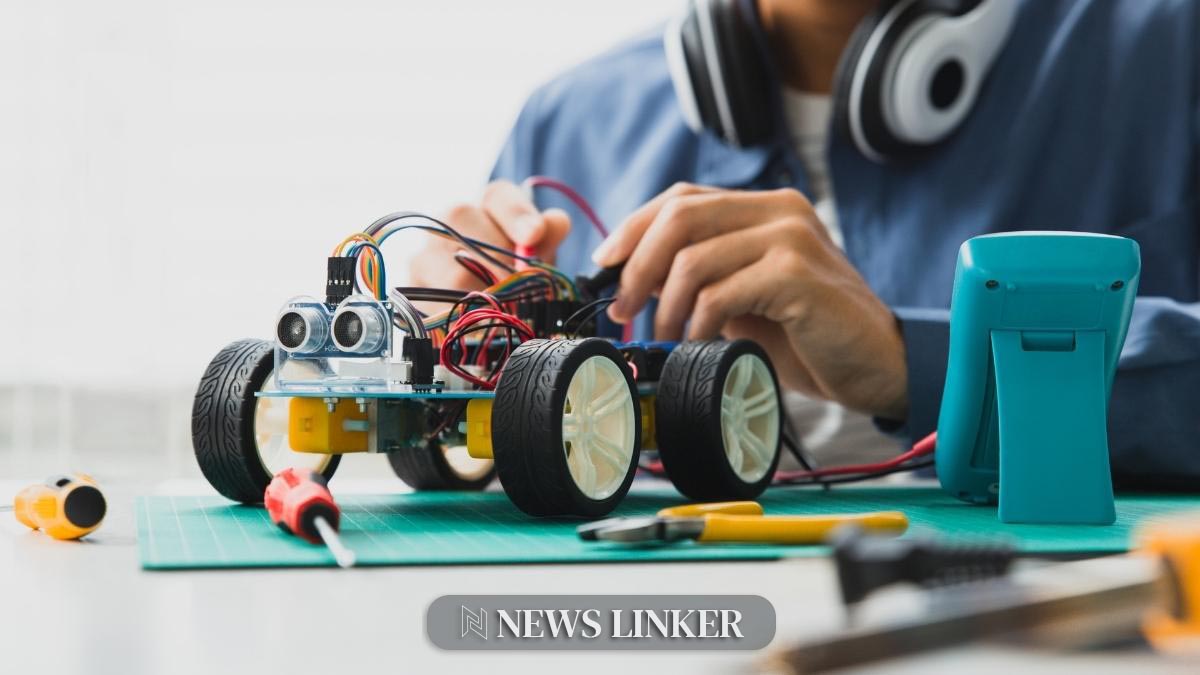The dream of universal household robots is increasingly becoming tangible. To achieve widespread adoption, these robots need to be priced in a way that allows for affordable monthly financing or lease payments, akin to car payments. This suggests manufacturers need to target a retail price of around $40,000 to facilitate widespread uptake. This price range highlights the need for cost-effective design and production methods.
Various humanoid robots currently in development are mainly intended for industrial applications like warehouses. However, a few are being marketed as more affordable options for general consumers, though they are still limited in both capability and availability. The integration of the latest artificial intelligence technology into service robots is still in its nascent stages, showing promise but requiring further advancements to meet household needs effectively.
Design and Material Choices
For household robots to become mainstream, manufacturers need to rethink their current design and material choices. Instead of opting for high-cost materials like titanium and carbon fiber, they should consider using commodity plastic resins and utility-grade aluminum alloys. Affordable batteries will also play a crucial role in reducing costs and making these robots a feasible option for more households.
Secondary Market Potential
Properly designed household robots could retain a significant residual value, creating a secondary market for used equipment. This resale potential would make monthly payments more manageable for the average household, thereby increasing the accessibility and affordability of these robots over time. This approach would help achieve a balance between durability, functionality, and cost-efficiency.
Concrete Insights
– Manufacturers should aim for a retail price around $40,000 to enable affordable financing.
– Using cost-effective materials like plastic resins and aluminum alloys can reduce production costs.
– Ensuring robots have residual value can create a secondary market, lowering monthly payments.
Comprehensive strategies are needed to make household robots a reality for more people. Manufacturers must focus on affordable materials and efficient design to keep costs low. Additionally, developing a secondary market for these robots can make them more accessible by lowering monthly payments. While the technology and market are still evolving, these steps are crucial for achieving widespread adoption. Keeping these factors in mind will help bridge the gap between current capabilities and the consumer market’s needs.










